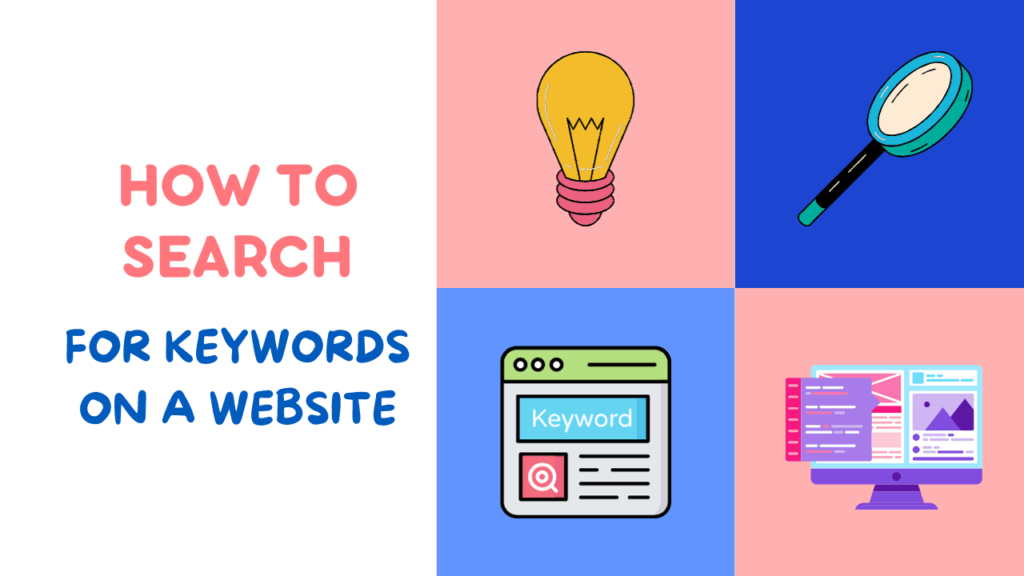While creating content and writing blog posts, you should try to grab the audience’s attention from the very beginning. Wondering why? Well, because people generally have incredibly short attention spans – often just eight seconds!
But fear not. When you do it perfectly, your content can work wonders. All your daily, casual visitors will turn into devoted followers. You will be an expert in your niche, and the proper approach will bring new visitors every day to your website.
So, if you are wondering which are the right techniques and strategies to make your blog posts more engaging, you are in the right place. Read on to know more.
Table of Contents
ToggleWhat makes your blog post appealing?
We not only share facts and information through blog posts. The write-up you produce should also offer an altogether new experience. Your blog should offer the readers that wonderful feeling of learning something new. They should feel enthusiastic enough while reading a fascinating narrative, or be a part of the emotional journey of an inspirational story.
Engaging content considers the reader in every step of the narrative. To create an engaging blog post successfully, you should include images, and interactive features, and use a language that’s well thought out.
Tips to write more engaging content easily

1. Get to Know Your Audience
Understanding your readers is the most significant portion of creating engaging content. If you’re unsure about your audience’s desires, your content may miss the mark. When you fail to grasp their frustrations and motivations, your audience might quickly click away from your website, seeking more relevant content elsewhere.
Remember, while writing content, your audience should be your top priority. You should not write about what you like to read. Instead, try to generate content that will directly address your audience’s needs and interests.
People like to read content that offers them valuable takeaways and understandings. If the content you produce remains too far from your niche or doesn’t address their concerns, they’ll likely turn to your competitors to find what they want.
Remember that your content should help them to resolve the challenges they face. By prioritizing their desires and concerns, you’ll seize attention and make them more interested in your offerings.
2. Crafting User Personas
User personas are a combination of characteristics drawn from your target audience and your current client base. They can also be imaginative representations of real users created during the early stages of discovery or product development.
Developing user roles holds significant importance as they guide design choices by highlighting user discomfort zones. These roles offer you a typical image of the ideal customer. By understanding their characteristics, you can create more tailored and effective content.
As mentioned earlier, you should try to understand your audience’s likes and dislikes. That will help you to generate better content according to user-specific needs. To create a user persona, you can start market research and gather information from existing consumers through surveys and opinion polls.
Here are some questions to assist you in building a comprehensive user persona:
- Where do they work?
- What is their educational background?
- What challenges do they encounter?
- How do they spend their leisure time?
- What concerns occupy their thoughts?
- Are they married?
- Do they own or rent their home?
- Do they have children?
- What are their job titles?
- How old are they?
By asking such questions, you will be able to create user identities easily. That will effectively guide your content construction and marketing efforts.
Integrating user personas into your business doesn’t just enhance your content; it benefits your entire business in several ways:
- Enhanced Client Understanding: Your team gains a deeper comprehension of your clients and their needs.
- Client-Centric Content: Your content becomes more focused on meeting your clients’ needs, rather than being self-centred.
- Increased Empathy: You convey a stronger sense of empathy toward your clients through your content.
If you haven’t developed user personas for your company or have them but aren’t maximizing their potential, you’re missing out on valuable opportunities for targeted marketing.
3. Improve the Readability of Your Posts
In a world where attention spans are incredibly short, it’s essential to make your content as reader-friendly as possible. Here are some effective techniques to achieve this:
- Use Concise Language: Employ short and straightforward sentences that are easy to grasp.
- Embrace White Space: Incorporate ample white space within your posts. It allows readers to breathe and enhances the overall readability.
- Utilize Headings and Text Styling: Employ clear headings and text formatting to break up your content into manageable sections. This aids in guiding readers and making the text more digestible.
- Leverage Lists: Use bulleted or numbered lists to present information in a clear and organized manner.
- Incorporate Visuals: Enhance your content with visuals like images, graphics, and charts. Visual elements grab attention, facilitate learning, and evoke emotional responses.
When faced with a choice between a beautifully designed infographic with quick takeaways and a dense block of text, most people will opt for the infographic. Why?
They are more acceptable compared to plain written content. Humans are instantly attracted to visual material and can process images at a quicker pace than text, resulting in efficient retention of information.
Images have a stronger impact on engaging viewers because they immediately capture attention, facilitate comprehension, and evoke emotional responses. Incorporating appealing images, graphics, and charts within your blog posts significantly enhances the ease with which your audience can absorb your content.
Additionally, using text formatting and styling aids readers in swiftly scanning for specific information, reducing eye strain. In essence, establishing a clear content hierarchy keeps visitors on your page, encouraging them to consume your content for an extended period.
4. Harnessing Social Media Tracking for Audience Engagement
Tracking with the help of social media will help you to remain updated about what people are saying about your brand or the online industry. It is the best approach to learn about the audience and create your unique content strategy.
Numerous social publishing platforms, such as Later, Sprout Social, Buzzsumo, or Hootsuite, offer social media analytics. Once you’ve registered, you can keep tabs on your social media channels for mentions of your brand, competitors, products, or industry-related keywords. Once you gather such information, you can consider it and decide what to change. For example, you might reply to a happy customer or write a new blog post to answer questions from clients.
Social media listening presents an opportunity to engage with your clients authentically. People don’t want to feel like someone is always trying to sell them something. They always want actual connections. Make ways for folks to connect with you and your business-like friends. When you offer them helpful information, they’ll think of you first when they need your services later on.
Effective Ways to Connect with Your Audience:
- Share Your Expertise: Be generous with your knowledge by delivering valuable content that addresses your audience’s needs.
- Foster Community Conversations: Host online discussions or training sessions to build a sense of belonging within your community.
- Utilize the Power of Video: Create engaging video content to connect with your audience on a more personal level.
- Nurture Brand Advocacy: Cultivate loyal brand advocates who can spread the word about your business to a wider audience.
- Seek Audience Input: Don’t hesitate to ask your audience what they want and tailor your content accordingly.
- Collaborate for Success: Work together with the community and people who share your interests or businesses that are similar to yours.
This way you can attract new readers and create a better impact.
5. Steer Clear of Technical Jargon
While writing content, please ensure that the information you offer is easy to understand. Readers who are not well acquainted with your industry should also understand the write-up.
Always try to clarify any intricate or specialized terms that may surface in your blog posts. Additionally, try to add hyperlinks to related articles. That will allow your audience to understand the topic well. Following these guidelines becomes vital if you are dealing with a highly technical industry. Your goal is to attract a broader audience to your website, and if they aren’t experts in your field, industry jargon might leave them feeling lost.
Keep in mind that your writing should cater to your audience’s needs and not solely to your colleagues or industry peers. Try to use a language that everyone can understand. That will help you to establish a trustworthy and friendly brand.
Conclusion
To conclude, while writing engaging blog posts, you should try to listen to the audience well and address their specific needs. You should write content that is easy to understand and you must avoid using complicated words. Try to offer people something valuable to take away. Working with people with the same interests will help you reach more people. So, focus on your audience, be genuine, and keep improving your content to build strong connections and succeed.
Also Read Which blogging topics are the most popular in 2023?












